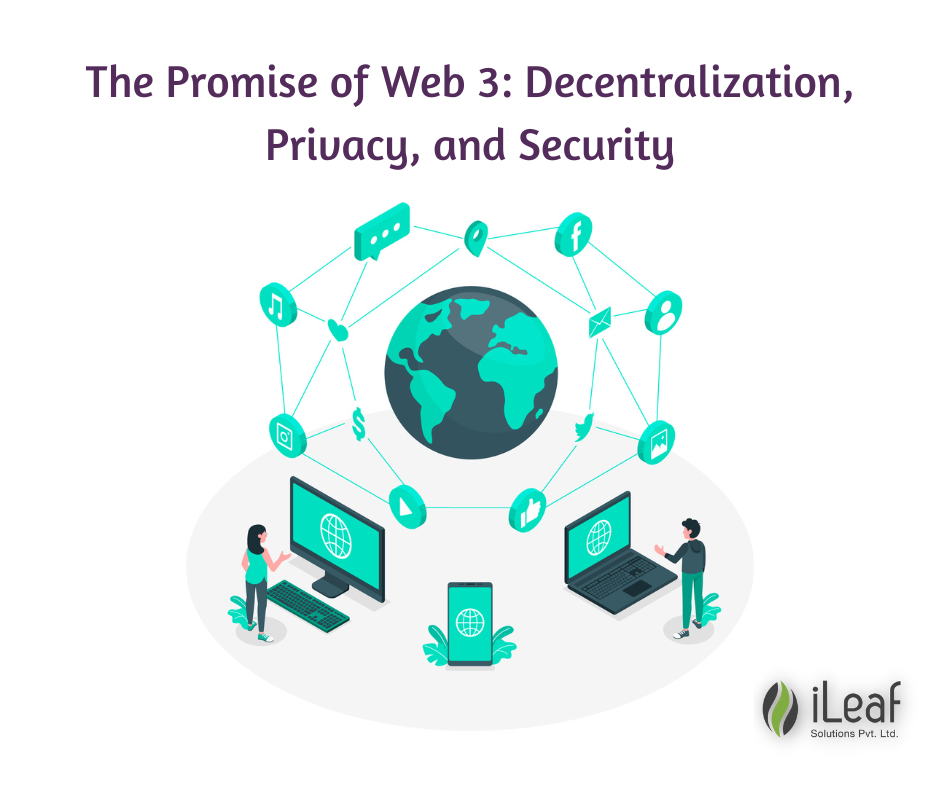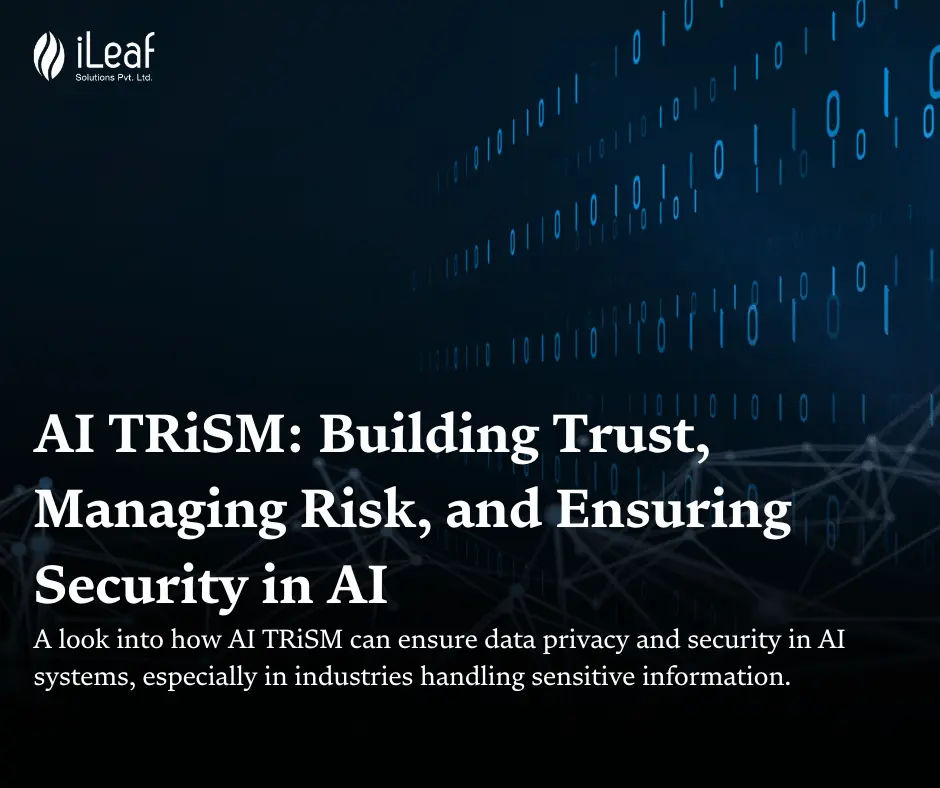The Promise of Web 3: Decentralization, Privacy, and Security

Web 3, or the decentralized web, is an evolution of the internet. With its focus on decentralization, privacy, and security, it promises to transform our interaction with the internet. The evolution of the Internet has been marked by different eras, with Web 1 and Web 2 being the most notable. Web 1, also known as the "read-only web," was characterized by static web pages that were mainly informational. Users could not interact with these pages, and the content was controlled by a few individuals or organizations. In contrast, Web 2, or the "read-write web," marked a shift towards greater interactivity, collaboration, and user-generated content. Web 2 applications include social media platforms like Facebook, Twitter, and LinkedIn. Web 2.0 also introduced the concept of the "cloud," where users could store and access their data from anywhere.
What is Web 3?
Decentralized technologies characterize Web 3, which is the third generation of the Internet. Blockchain technology, for example, enables peer-to-peer transactions without requiring intermediaries, as opposed to the current internet, which is largely centralized.
As part of Web 3, users will be able to control their data, interact with each other without intermediaries, and enjoy a more decentralized, open, and secure Internet. It also aims to provide a more transparent and accountable internet, where users can trust the information they receive and the transactions they make.
Benefits of Web 3
One of the main benefits of Web 3 is decentralization. A decentralized network has no single point of failure, nor can it be controlled by a single entity. Hackers and malicious actors cannot target a central authority, which makes the Internet more resilient and secure.
Another benefit of Web 3 is privacy. In a decentralized network, users are in control of their own data and can choose what information to share with others. User identity is more secure, and data breaches are less likely to occur.
Web 3 also provides greater transparency and accountability. With blockchain technology, transactions are recorded on a public ledger that is transparent and immutable. This means that users can trust the information they receive and that transactions can be audited and verified.
Challenges of Web 3
Despite the many benefits of Web 3, there are also some challenges that need to be addressed. One of the biggest challenges is usability. Decentralized applications (dApps) can be difficult to use and often require a certain level of technical expertise. This can limit their adoption by mainstream users.
Another challenge is scalability. The current technology available cannot handle the same levels of traffic as centralized systems like Facebook and Google. This means that there is still work to be done to make decentralized networks scalable enough to support large user bases.
Finally, there is also the challenge of regulation. It can be challenging for legal and regulatory authorities to regulate and govern decentralized networks because they operate outside of traditional regulatory frameworks. This can make it difficult for businesses to operate on decentralized networks, and for users to use them without fear of legal repercussions.
Potential Impact of Web 3
Despite the challenges, the potential impact of Web 3 is enormous. Finance, healthcare, and social media can be transformed by decentralization. By removing intermediaries, web 3 can reduce costs, increase efficiency, and provide greater transparency and accountability.
The traditional banking and finance industry is already being disrupted by decentralized finance (DeFi). By providing decentralized lending, borrowing, and trading platforms, DeFi makes financial services more accessible and affordable to a broader audience.
Patients can have more control over their medical data with decentralized health networks, and medical records can be shared more efficiently and securely between providers. By doing so, healthcare costs can be reduced and patient outcomes can be improved.
In social media, decentralized networks can provide users with more control over their data, and reduce the power of large social media corporations. This can promote greater freedom of expression and prevent the spread of misinformation.
Conclusion
Web 3, promises to revolutionize the internet by providing users with greater control over their data and interactions. This technology is built on decentralized technologies like blockchain, which can enable secure and transparent peer-to-peer transactions without the need for intermediaries.
The benefits of Web 3 are numerous and far-reaching. Decentralization can provide greater resilience and security to the internet by eliminating a single point of failure. It can also promote privacy, accountability, and transparency, as users are in control of their data and transactions.
However, there are also challenges that need to be addressed for Web 3 to reach its full potential. Usability, scalability, and regulation are some of the main challenges facing the adoption of Web 3. Despite these challenges, the potential impact of Web 3 is enormous, with the potential to transform industries such as finance, healthcare, and social media.
In conclusion, web 3 represents an exciting and transformative development in the evolution of the Internet. Its focus on decentralization, privacy, and security has the potential to greatly benefit individuals and society as a whole. While there are challenges that need to be addressed, the potential benefits of Web 3 are clear, and it will be interesting to see how this technology continues to evolve and shape our online experiences in the years to come.














